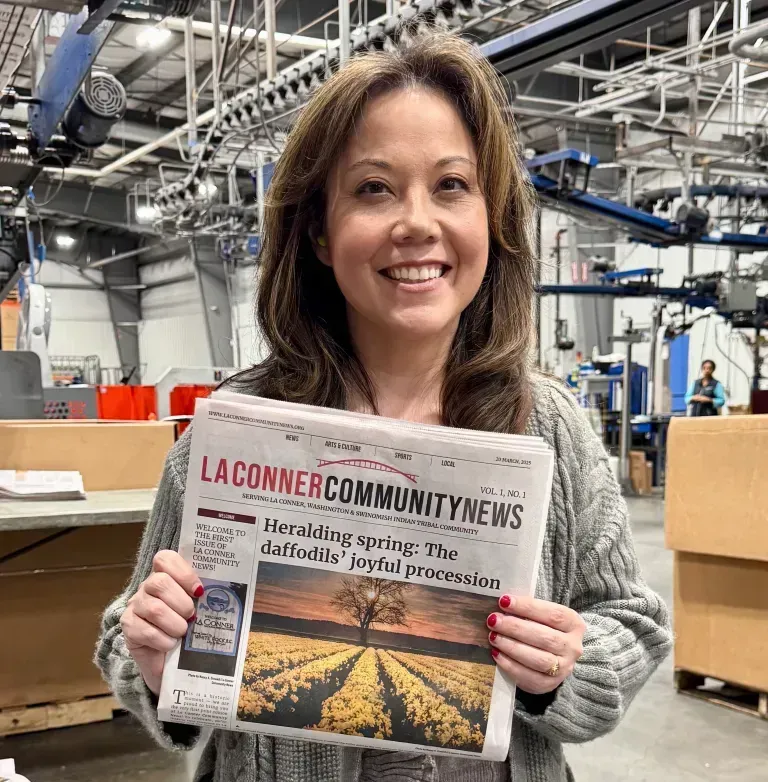
Tiny News Collective exists to support early-stage news entrepreneurs all across the United States who are raising their hands to provide community-focused news and information and places for community connection. We are who we are because of the founders we serve. And we want the journalism field, the civic information space and beyond to know about the creative, impactful work of these founders. To that end, we are thrilled to highlight their stories through an ongoing series of profiles and features.
For our latest feature, we caught up with Kari Mar, editor and publisher of La Conner Community News. The weekly newspaper, which launched online in February and in print in March, helped replace a shuttered newspaper in the Northwestern Washington state town. The paper was seeded by a commitment from residents to donate $70,000 to help get it off the ground. With Kari’s help, the newspaper has quickly become a favorite in the community, with a group of about 25 dedicated volunteers who help distribute it each week. “It's become this really connective community experience, just through distribution of the paper,” Kari said, who also serves on the board of the Journalism & Women Symposium (JAWS). The paper recently received a $25,000 grant from the Southern Newspaper Publishers Association (SNPA) Foundation.
We launched it to fill a need. The last publisher for La Conner Weekly News was retiring, and he couldn't find someone who would buy the paper. He was asking quite a bit more than most people could afford for a small newspaper for a town of about 1,000 people. If you include the nearby neighborhoods where people read the paper, it's 4,000.
When it became clear that he was going to shutter the newspaper last December, the community got together and pooled their money and tried to buy it from him. And he said, no, that still wasn't enough money, but it was such a touching story. So I reached out to the community people and said, “I'll do a startup.”
I was a journalist at the Seattle Times, and I covered small towns just like this one in Washington state before that. Then I did a tour of duty in technology for 20 years, and I was ready to leave my post writing marketing content about generative AI and data, so that I could do something that was authentic and real. And there is nothing more real than telling stories in a small town.
The community group got about $70,000 in commitments. The newspaper shuttered at the end of December, and two weeks later we stood up a newsletter, and then in February we launched the website, and then in March we launched the print product. And this community is majority elderly, so the print paper is really important. Tiny News Collective saved us because we had all of those pledges, but we weren't a nonprofit yet. And when we got the fiscal sponsorship from Tiny News Collective, we went from having a theoretical $70,000 in pledges to raising $130,000 in real money in the bank.
There have been a million moments throughout this year that have made me happy that I made this decision to launch a paper. I haven't had many that made me regret it. The thing that I point to isn't actually a story, but it's something that we did: We had a party, a muffin and coffee party, on the first day that we had the first print run. We had a print run of 2,500, and we decided to give a paper to every household in the La Conner and Swinomish tribal communities footprint.
So I couldn't do that by myself or just with the small staff that we had. So we looked for community volunteers. And we had 30 or 40 people show up. All of them were senior citizens who were big supporters of the newspaper and wanted to share the joy of the newspaper with their neighbors. We wound up getting a lot more subscriptions right out the gate than we thought we were going to. So distribution became an issue immediately. What came out of that initial effort is a group of dedicated volunteers, about 25 of them, that come to the newspaper office every Thursday morning with a great attitude. And they get their paper and help distribute it. They get their steps in and check in on their neighbors.
And it's become this really connective community experience, just through distribution of the paper. And KING 5, the Seattle TV station, came up and they covered it (see video above). And it was just a real celebration of the community.
When we did the initial fundraising campaign before launch, I created a business plan that didn't rely as heavily on individual donations in the subsequent years. We didn't quite hit our target this year. Our goal was $200,000 and we got to $130,000, which is still an incredible amount of giving.
We'll continue to do individual-giving fundraising probably into the beginning of the next year. We're now moving all of our operations so it will just be a nonprofit newsroom. We do sell advertising, particularly for the print paper. The goal is for that to be 50% or slightly less than that of our income. The other half will come from grants, collaborations, partnerships, events and giving. And we are almost to the mark that we need to be with ad revenue, which is enough to sustain the website, which is great.
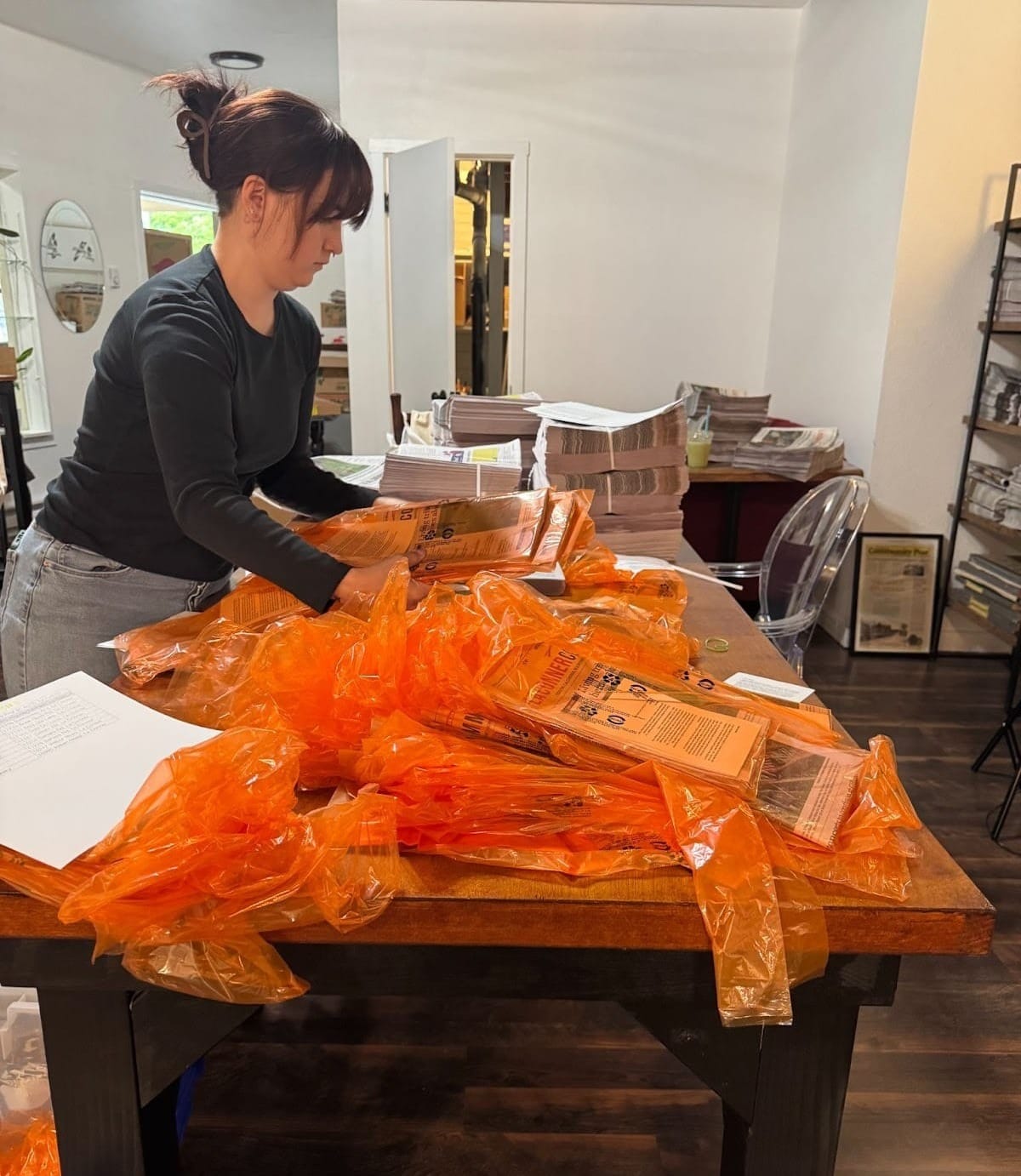
The challenge is that print costs twice as much as just having a website, so we need to raise the rest of that. I'm confident that the town will because it's so important to the town folks that they have a printed paper. And we do have point-of-sale distributors, that's really more for the tourists, and that’s priced at $2. Print delivery is $75 per year for residents in our area. But the website is free and always will be free. We are becoming a nonprofit because it just makes sense for this community. This started out as a crowdsourced project, and I am just the person with the skills who came in to do it, but the ownership belongs to the community.
We have a huge daffodil festival that is right before our huge tulip festival, and people come from around the world to see the tulips in Skagit County. We'll want to have a printed publication that we can distribute at all of the farms and deep into Seattle and up north, but it's mostly going to be a newsletter.
There's also a real recognition in this part of Washington State that there needs to be an investment in tourism. There's just a lot of organizing at the government level going on right now to figure out what to focus on. And so I think there's a great opportunity for storytelling that's really authentic and rooted in the sense of place.
Solutions journalism has really become second nature to all of the journalists here. We do a lot of explanatory journalism. A big one we did with explanatory journalism was on a really dry topic. Washington state is going through revisions to its Growth Management Act right now, which sounds like a huge snore.
But it covers everything from population density and planning for homelessness and affordable housing, which is a really important topic, and agricultural land use. We did an explainer piece on the act and how it impacts everyday lives, and we've done subsequent addendums to that. With rural areas, land use is a big deal.
We want to be the trusted news source for La Conner and hope we endure and continue to write a chapter in the book every week about the doings in this town. That's my hope. We would love to get funded to the point that we can distribute newspapers to all the high schools and middle schools.

We're working on starting an after-school program with the high school now to teach media literacy and to engage students who might be interested in things like writing about school and writing about their lives. It's very hard to attract journalists here because the pay for journalists is low, particularly in community journalism, but the cost of living in Washington State is really high. So I'm a big believer in growing journalists in place because they know the people who live here, but just need the skills to do the work.
We also have a couple of colleges nearby, one is Western Washington University where I went to college. They have a great journalism program. We even have an internship funded for a college student. We really want to put down roots that way. And there's the opportunity for storytelling because we've got such an elderly population, so I could see the elders telling the young people what life was like in La Conner. And there’s also the cultural opportunities with the people living on tribal land that’s part of our coverage area.
There's another publication that is a nonprofit in this area called the Salish Current. They are online-only, but they cover a three-county area — but it's the same kind of beautiful geography as La Conner is. We're looking at partnering with them quite a bit because we're two very small nonprofits, but we share a commitment to the land, the region and to accurate storytelling.
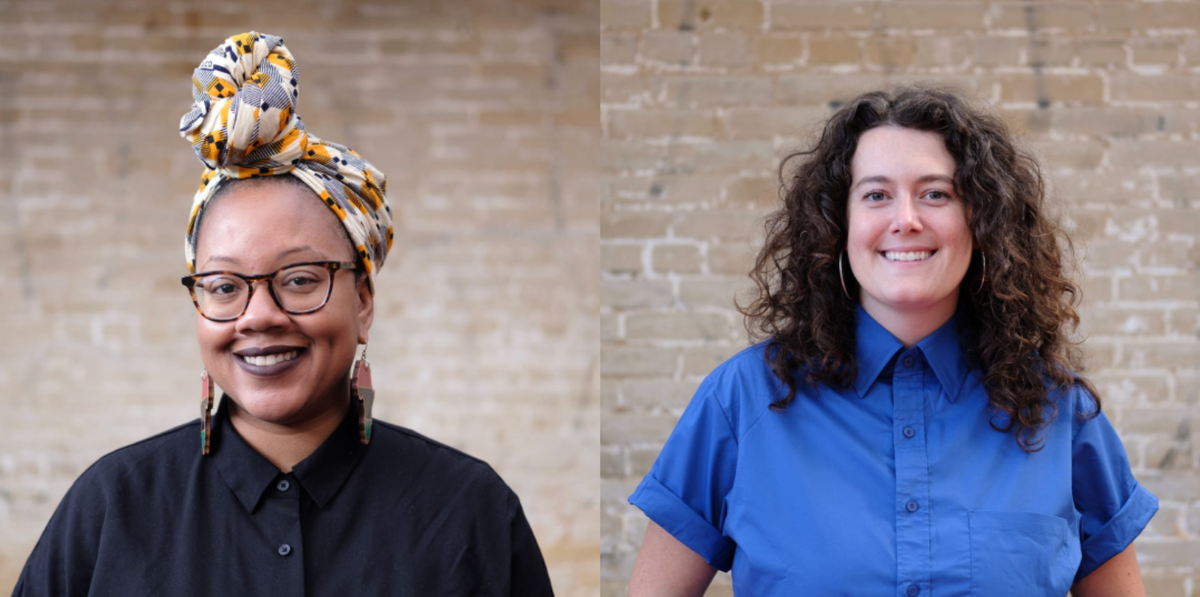

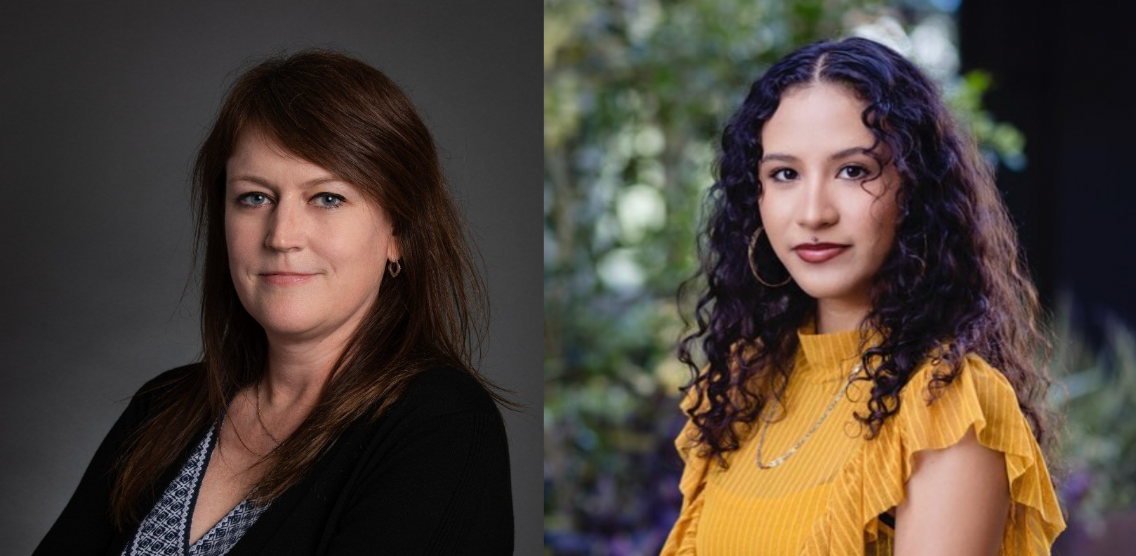
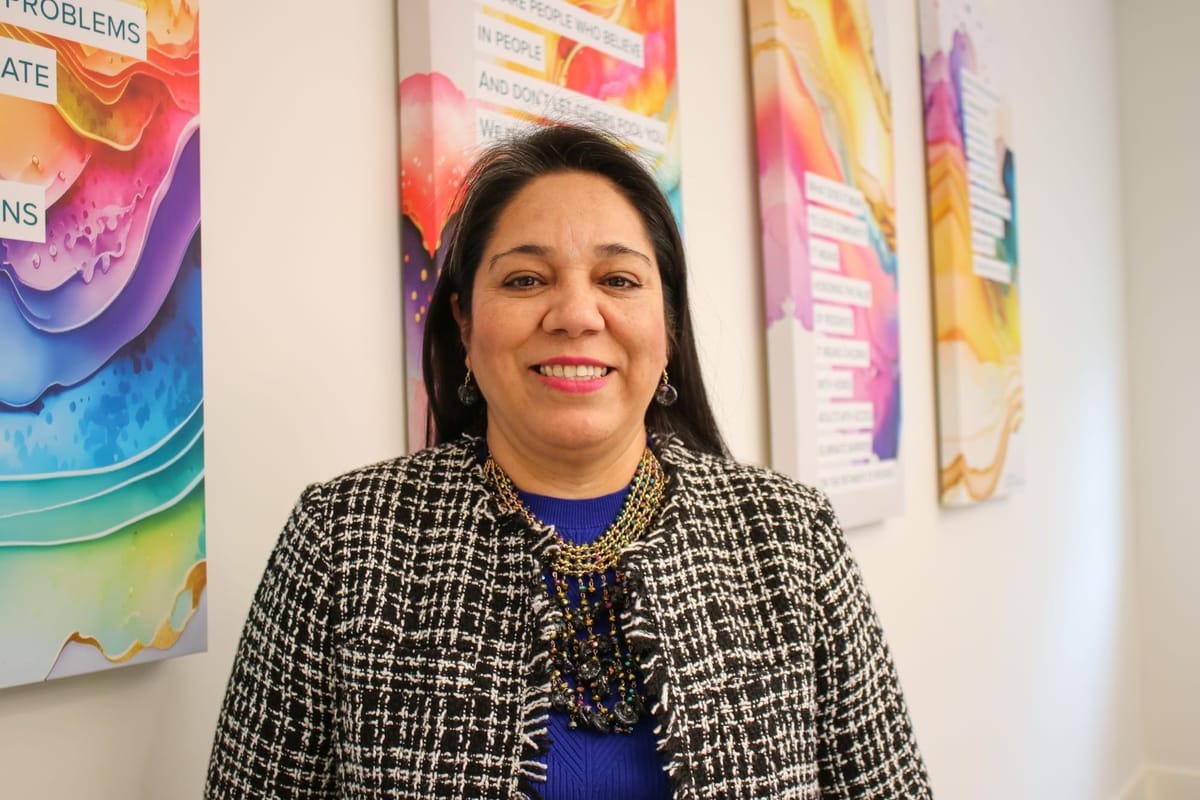
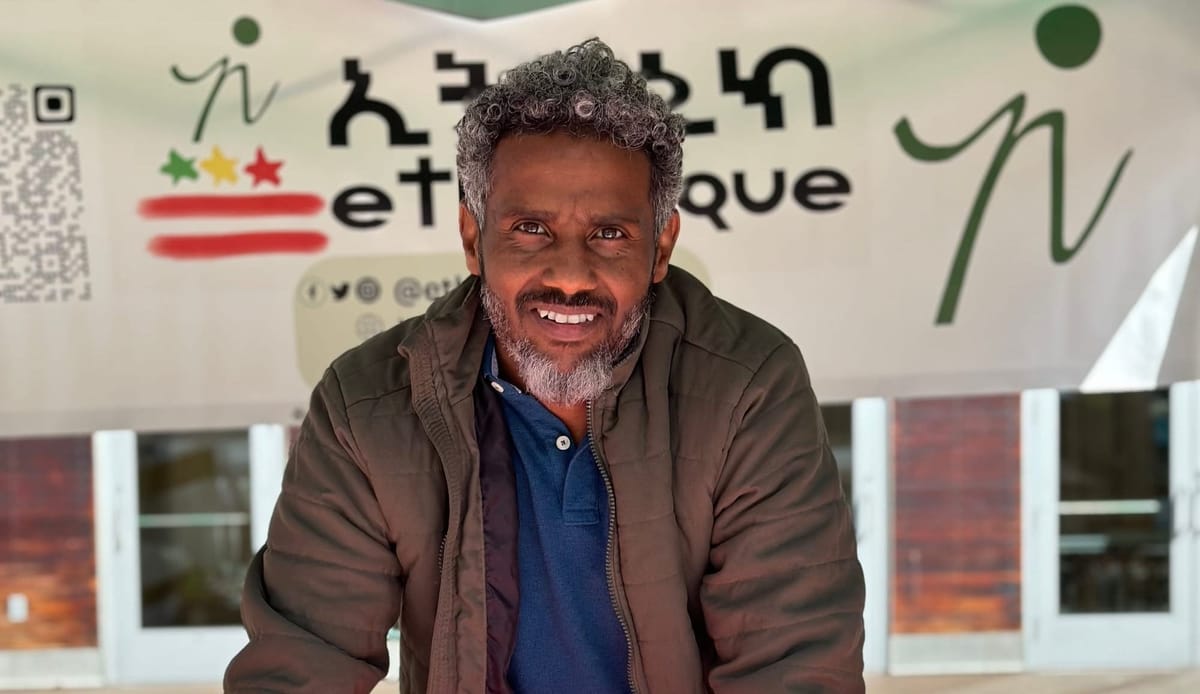
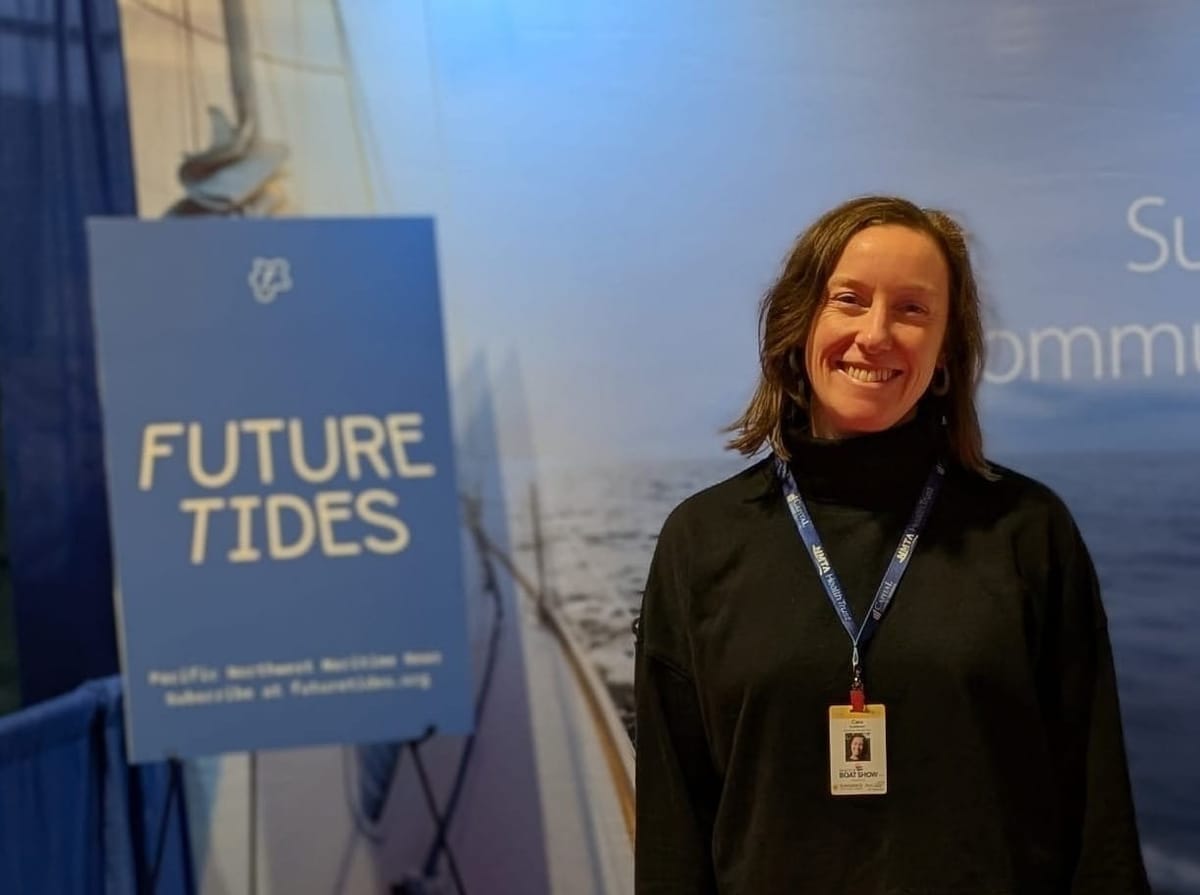
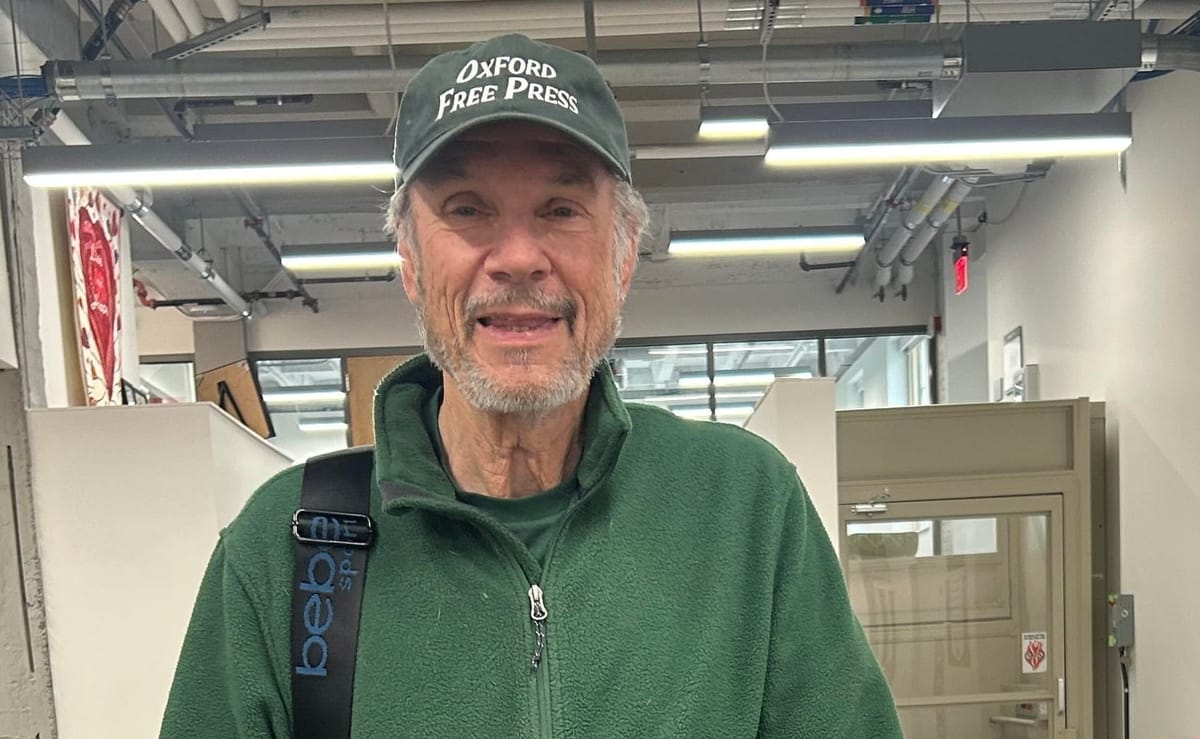
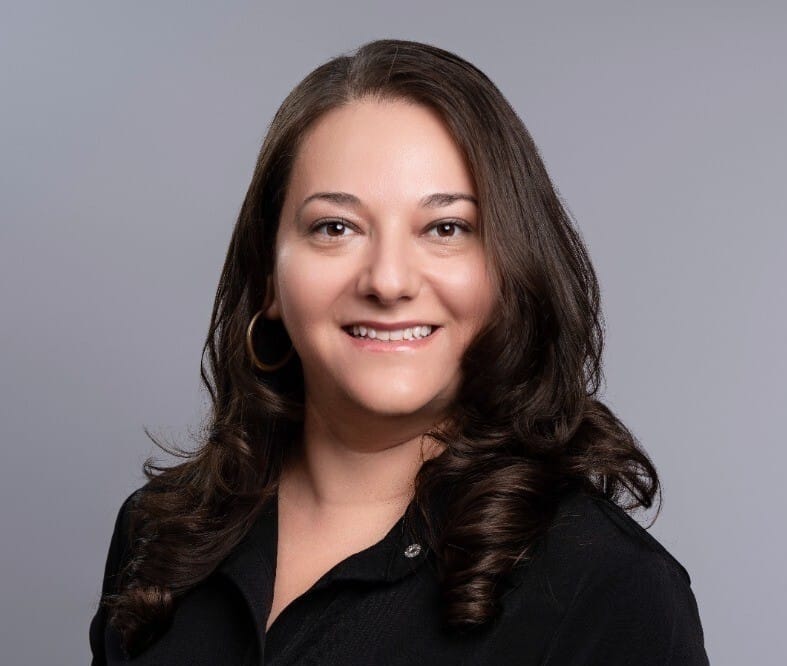


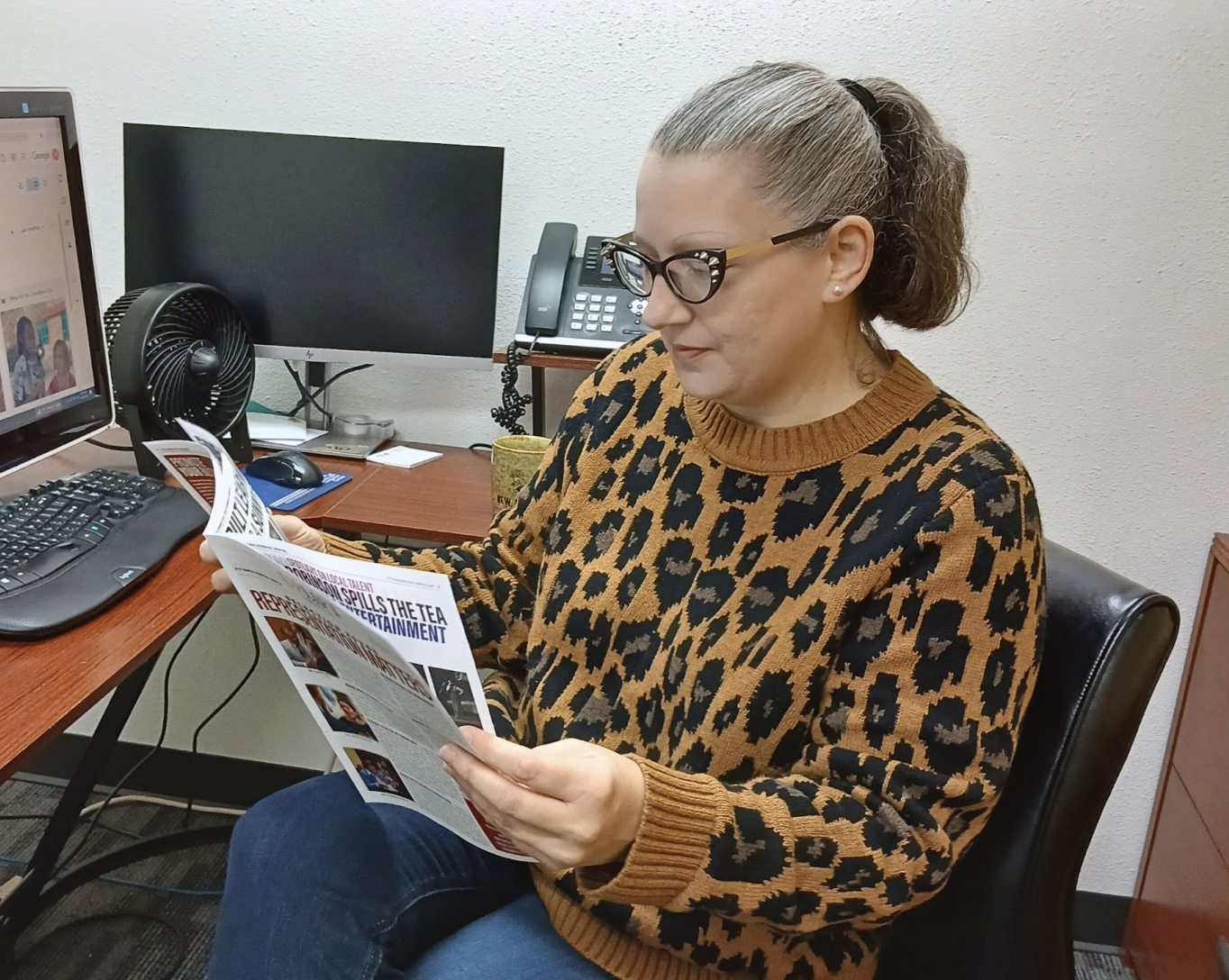
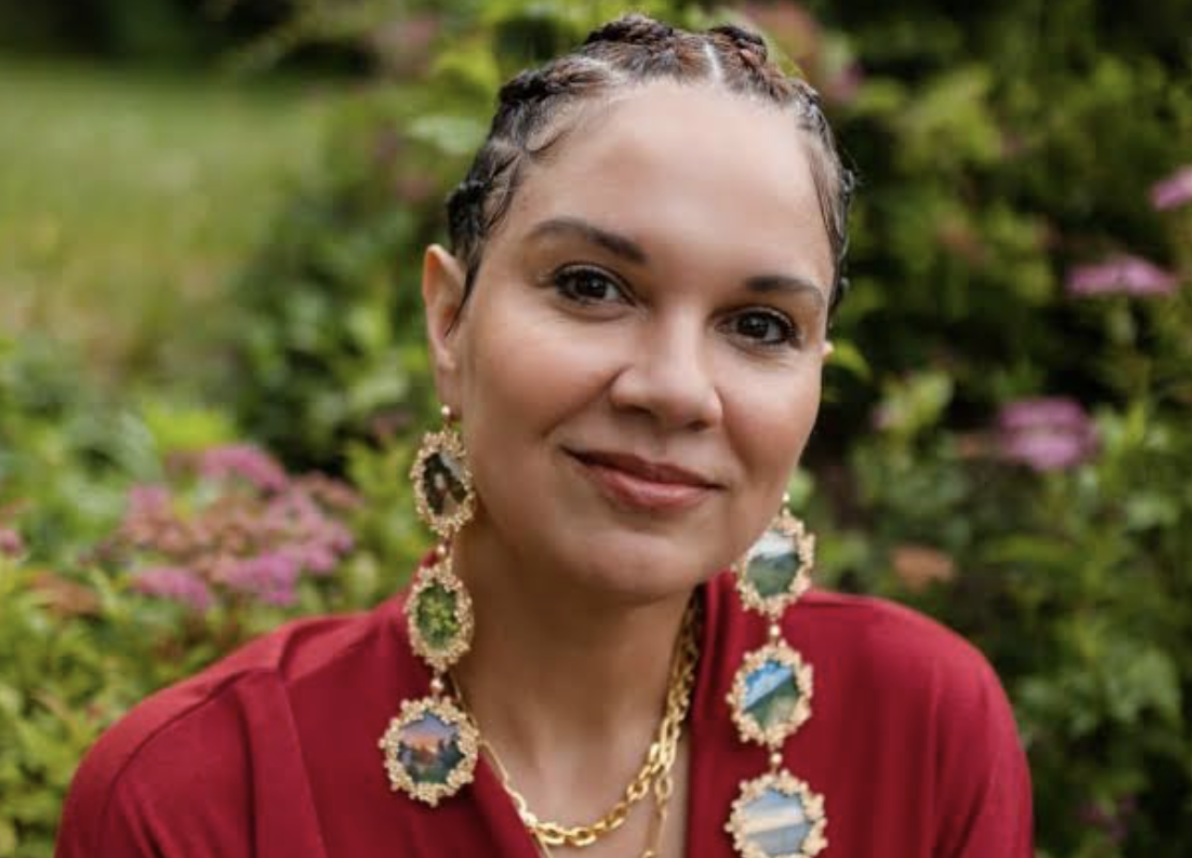


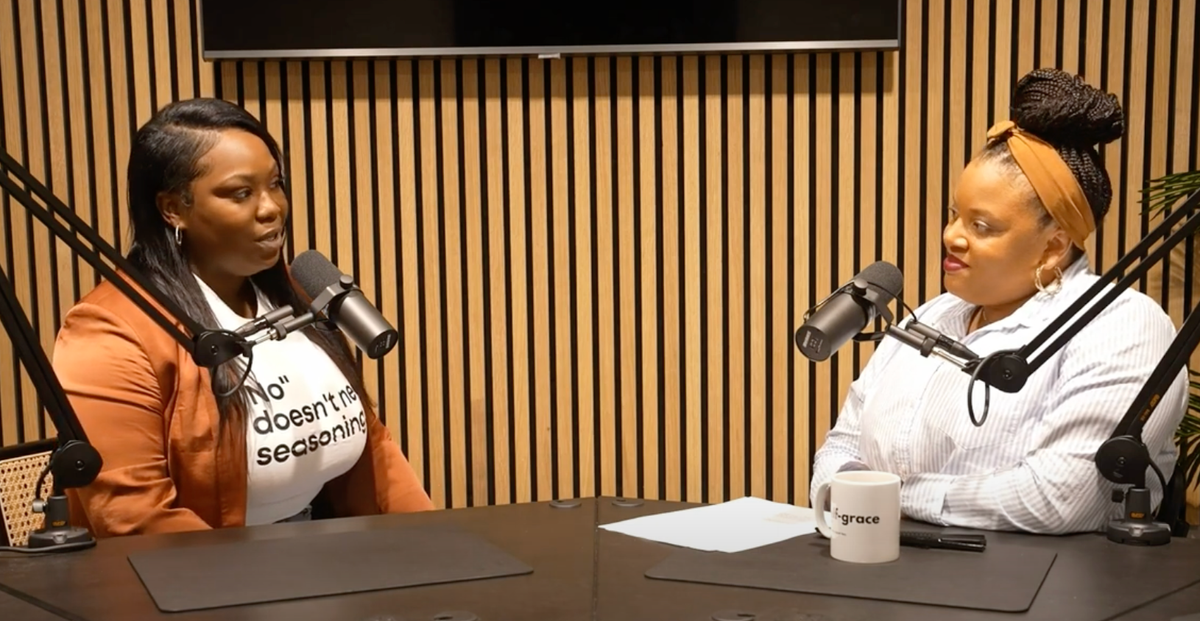
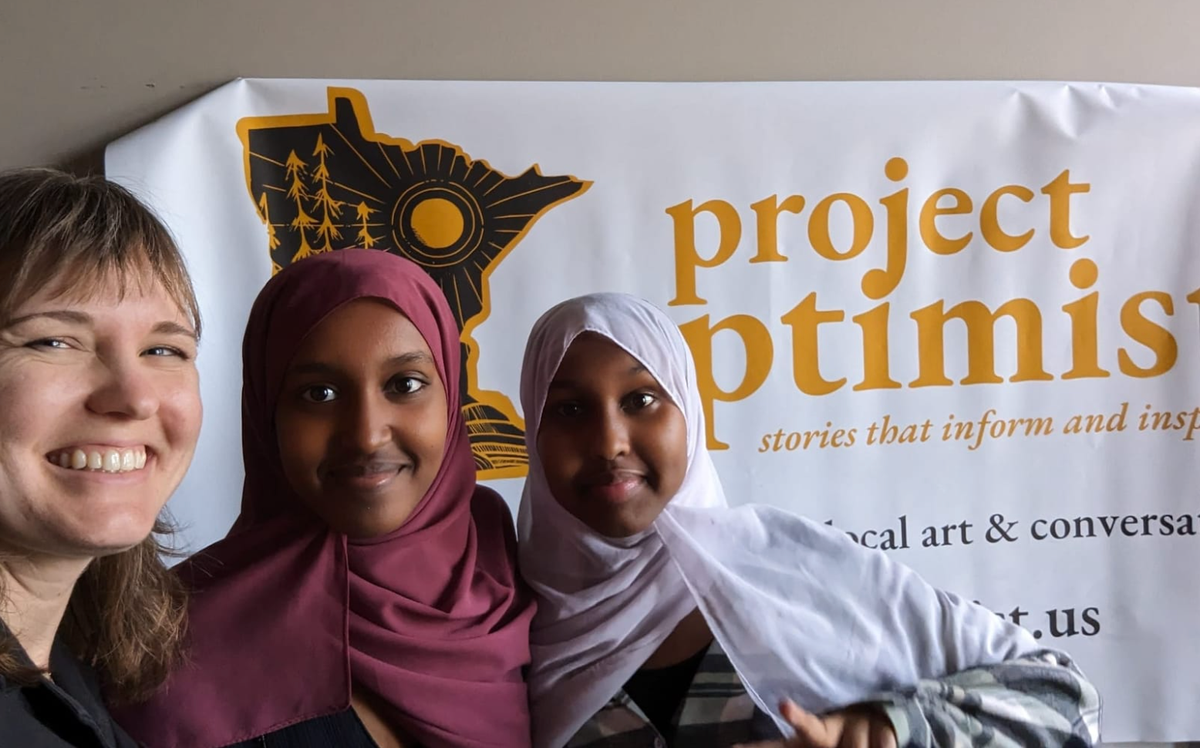
Sign up for our monthly newsletter for ongoing updates, announcements, and resources for newsroom entrepreneurs.